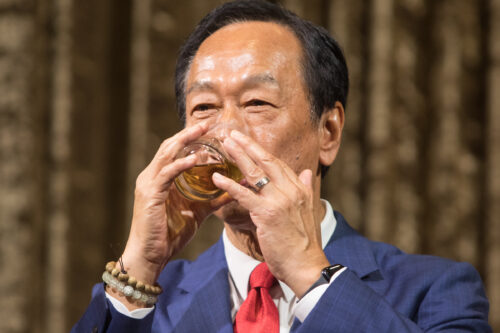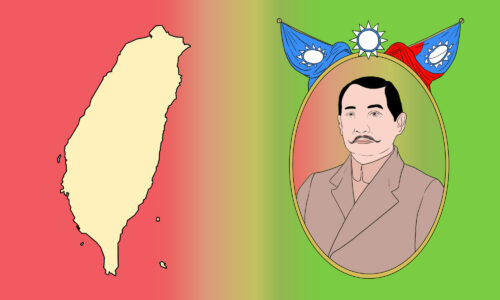Letting Taiwanese cuisine speak for itself
In a new cookbook, journalist Clarissa Wei seeks to retell the story of Taiwan’s distinct cuisine for a world that often misinterprets it.

On August 7, 2022, Huá Chūnyíng 华春莹, China’s Ministry of Foreign Affairs spokesperson, tweeted out two screenshots with the following caption: “Baidu Maps show that there are 38 Shandong dumpling restaurants and 67 Shanxi noodle restaurants in Taipei. Palates don’t cheat. #Taiwan has always been a part of China. The long lost child will eventually return home.”
The logic was obviously ridiculous: there are hundreds of Chinese restaurants in San Francisco, London, and Singapore; the presence of Chinese food does not make those places part of China. Hua’s tweet had blatant political motivations, coming less than a week after Nancy Pelosi’s visit to Taiwan. Meanwhile, PLA aircraft and ships were still conducting large-scale military exercises around the island.
But the fact that food was being thrust into cross-strait politics came as no surprise to Taiwanese-American food journalist Clarissa Wei. Her frustration about Taiwanese food’s default categorization as “Chinese” had been building for years.
But it was her work as a food writer in Hong Kong beginning in 2018, profiling restaurateurs and chefs who were the last in their generation to preserve classic recipes, that gave her the push she needed to pitch a Taiwanese cookbook. She left for Taiwan on June 30, 2020, the same day the National Security Law went into effect.
“No one really talked about politics outright, but you could see how the impact of the National Security Law and politics was having on their morale. And I didn’t want that to happen to Taiwan, or I knew very well that this could happen to Taiwan, that our culture could be erased again because it has happened so many times in Taiwanese history,” Wei said.
“This might be a really important time in our history to talk about it. And we might not get another chance, because I saw how fast the national security law was imposed.”
Four years later, Wei’s cookbook, Made In Taiwan: Recipes and Stories from the Island Nation, is about to hit shelves on September 19. Made In Taiwan is a lot of things: a love letter to Taiwanese food, yes, but also a conscious effort to put its diversity and distinctiveness on display at a time when Taiwan is constantly in the international spotlight for non-cultural reasons.
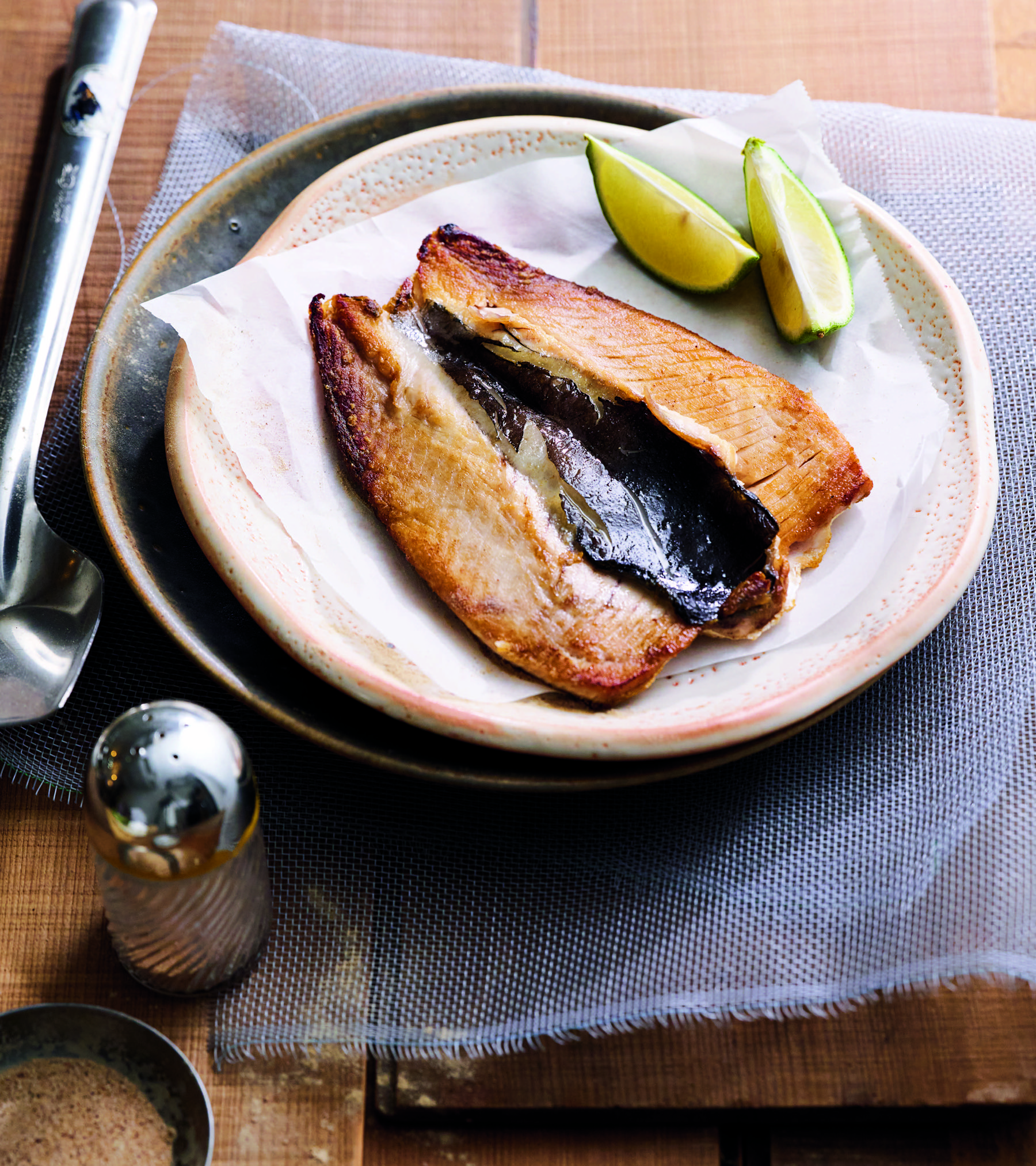
Wei assembled a team of collaborators that included researchers, photographers, and the Taipei-based cooking teacher and food writer Ivy Chen to help incorporate stories and techniques from cooks across the island.
“We all came to our professions with the same realization: Why isn’t anyone talking about this? Why are we constantly having to fit Taiwanese culture and food under this umbrella of Chinese food when really, in fact, it doesn’t fit that mold that well?” Wei said.
Anyone expecting a book of Chinese recipes will probably be disappointed. Taiwanese cuisine — like the identity of its inhabitants — defies definition and is as colorful and diverse as its own people. Indigenous presence followed by waves of colonization and immigration has given way to the introduction of crops, dietary habits, and dishes that have shaped the Taiwanese palate.
While Chinese flavors and techniques have a strong impact on Taiwanese cuisine today, these dishes have taken on their own unique flavor.
Take the classic Taiwanese beef noodle soup (紅燒牛肉麵 hóng shāo niú ròu miàn), for example. While the dish is commonly understood to originate from Sichuan Province in China, Wei writes that Taiwan’s version formed on the outskirts of military villages established in Taiwan after the Republic of China takeover in the late 1940s, combining flavors from across Chinese provinces. Red-braising from Jiangsu and Shanghai and bone-broth cooking techniques from Guangzhou combined with broad bean paste from Sichuan came together in a “new, wonderful fusion cuisine,” Wei writes, “into what we know today as beef noodle soup, a dish undeniably made in Taiwan.”
Beef noodle soup is a dish associated with waishengren 外省人— Chinese immigrants who came to Taiwan after 1949 and whose cuisine has dominated most older Taiwanese cookbooks, Wei said. That’s an important part of the Taiwanese culinary fabric, but not the only one. Many of the dishes featured in Made In Taiwan are either disappearing — like kueh 紅龜粿, a steamed rice flour pastry stuffed with red beans — or unknown to most outsiders — like ābài 阿拜, a millet, sticky rice, and pork dumpling cooked inside leaves indigenous to Taiwan and enjoyed by many of its indigenous peoples.

The book is Wei’s way of preserving what is becoming lost to time and the “erasure of culture” under Kuomintang rule (1945-1987), she said.
“The KMT government at that time wasn’t promoting the dishes, they were promoting the food of their people,” Wei said. “So I wanted the book to encapsulate the wide range of identity in Taiwan.”
How food in Taiwan became ‘Taiwanese’
Japanese and Chinese Nationalists both sought to redefine Taiwan’s identity through language and education, and less directly, food. The Japanese colonial government — arriving to a largely agricultural society at the time — even hired chefs from Fujian and Guangdong provinces to create a new “Taiwanese cuisine” that was enjoyed exclusively by elites, said Pio Kuo, a professor at Taipei Medical University. Railway bento boxes, rice balls, and miso soup were also introduced at this time and have become cultural staples in Taiwan.
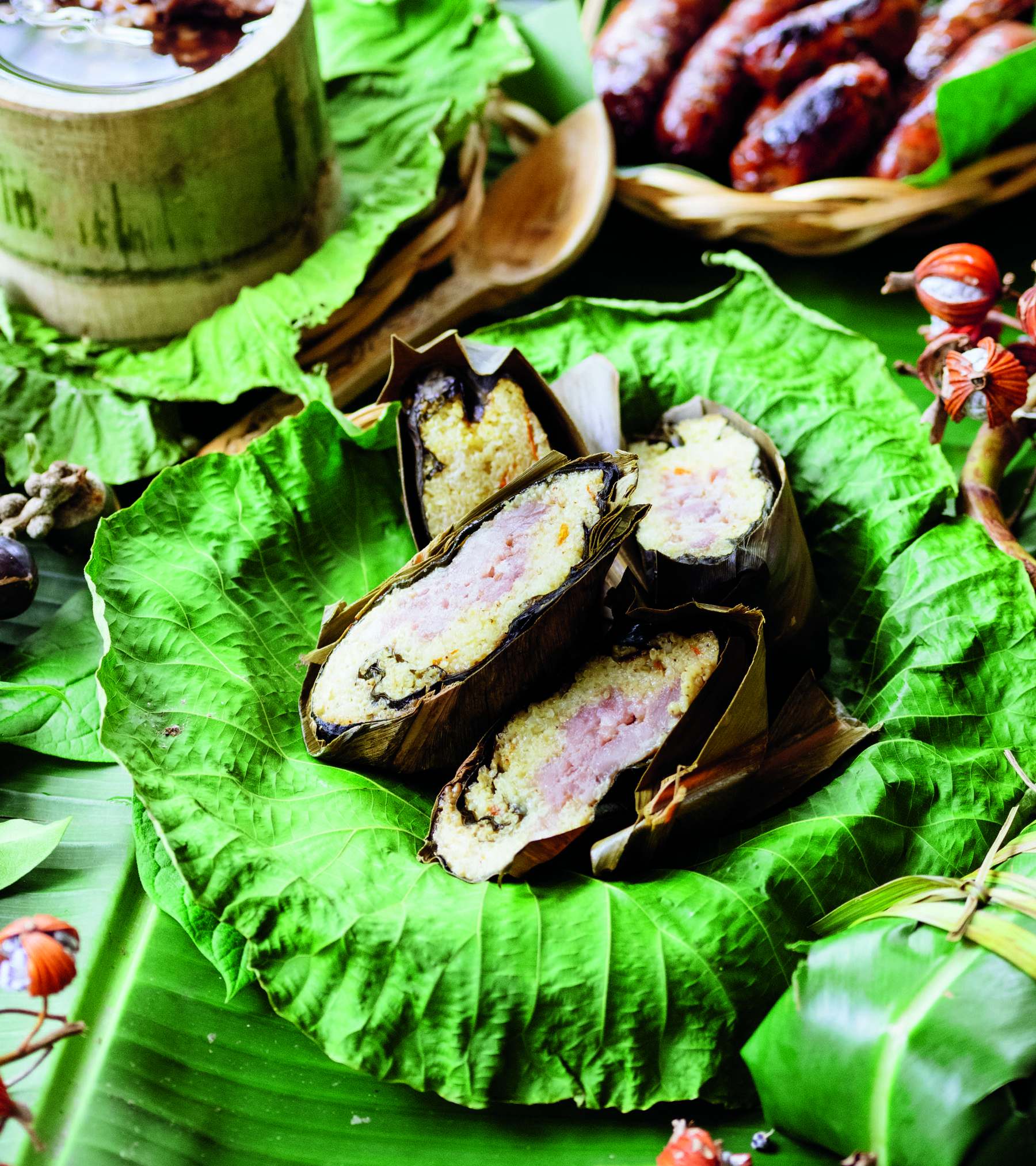
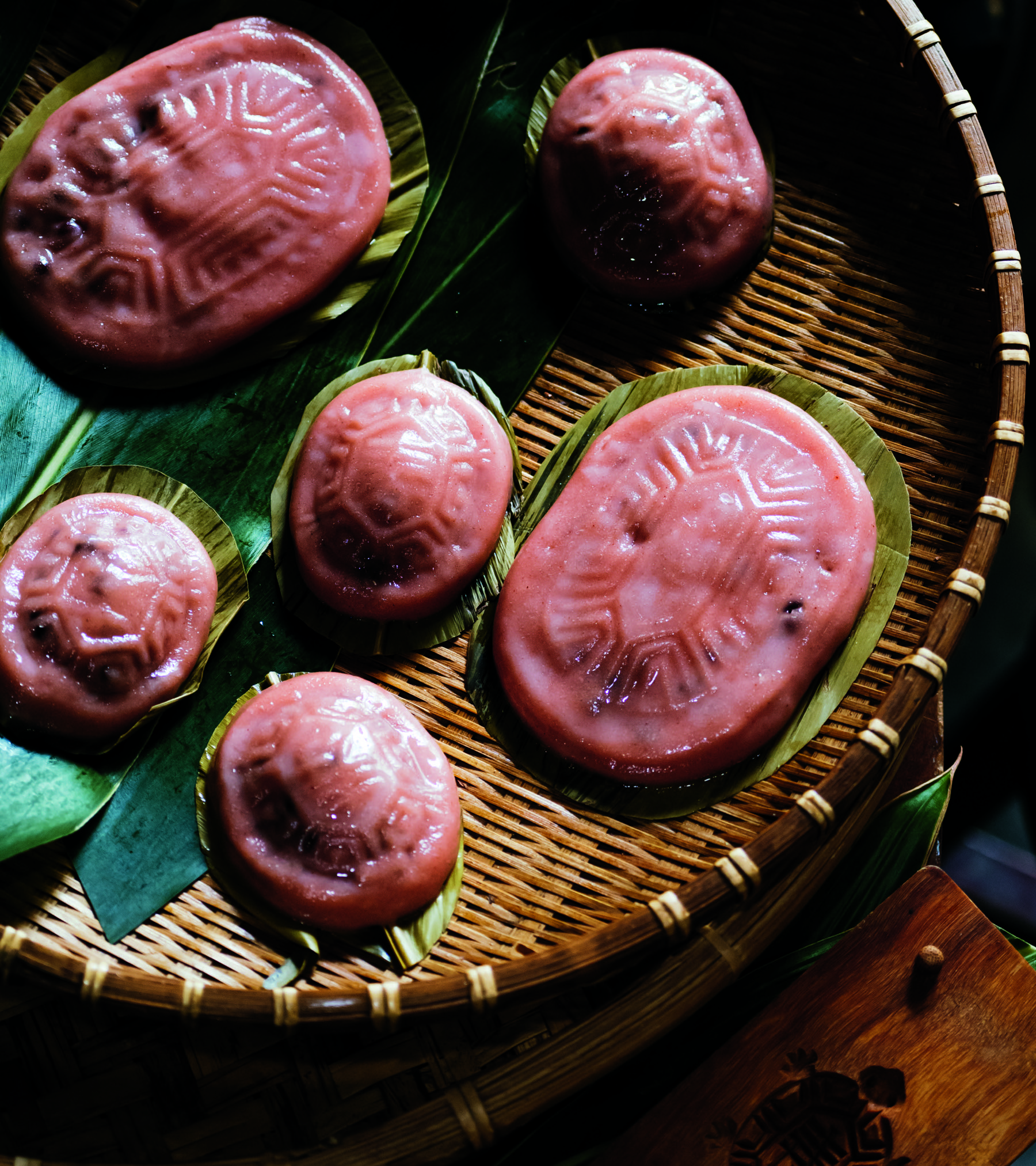
After the ROC’s retreat to Taiwan in 1949 following its defeat in the Chinese Civil War, the KMT’s Sinicization policy gave way to aggressive suppression of Japanese and Taiwanese cultures. It presented Taiwan as the last place in the world where traditional Chinese culture was preserved, including regional Chinese cuisine, which was promoted widely. State banquet menus featured Chinese classics like shark fin soup, Yangzhou fried rice, and Peking duck.
It was only after the shift from Kuomintang authoritarian rule to democracy in the late 1980s — and into the 1990s — that the people of Taiwan were able to openly embrace their identity as Taiwanese and the government began to recognize the diversity of its people, said Kuo.
“When I was a child, I never heard about Hakka cuisine and I never saw Hakka cuisine in restaurants,” he said. “But in the 1990s, it became very popular and people started enjoying it in restaurants because the Taiwan government promoted it. Hakka people started attracting attention from the government, perhaps because of elections.”
The promotion of Taiwanese identity through food was especially important to the Democratic Progressive Party (DPP) in its earlier days, Kuo said, “to push the democratic movement. People wanted to find their identity, and food is a very important element to find their identity, even for waishengren.”
The inauguration banquet of Chen Shui-bian (陈水扁 Chén Shuǐbiǎn) — Taiwan’s first DPP president — in 2000 was a major turning point: the menu presented “a special taste of the homegrown food culture in Taiwan” and featured dishes that Chen, who hailed from Tainan, grew up with, like milkfish ball soup and Tainan style rice cake.
Like in many other countries, food and identity politics remain intertwined in Taiwan, often representing the resilience of an island democracy in the face of threats from across the strait. In the wake of the Hong Kong protests in 2019, democracy activists from Hong Kong, Taiwan, Thailand, and Myanmar formed an online pro-democracy and solidarity movement under the umbrella of the “Milk Tea Alliance.” Taiwan’s iconic bubble tea has become a useful soft power tool abroad. Chinese bans on pineapples in 2021 have led to an outpouring of support from domestic and international consumers who vowed to support Taiwan’s “freedom pineapples.”
Wei, though, said her motivation behind writing the book was not political. Her mission was to fill in the gaps in the story of Taiwanese food for a world that often misinterprets her home as stuck in the shadow of an overbearing neighbor or a backdrop for an inevitable future war.
“I was motivated to do this because it’s a story that’s not been told, and I wanted to tell that story.”
Made In Taiwan: Recipes and Stories from the Island Nation is available in the United States on September 19.




